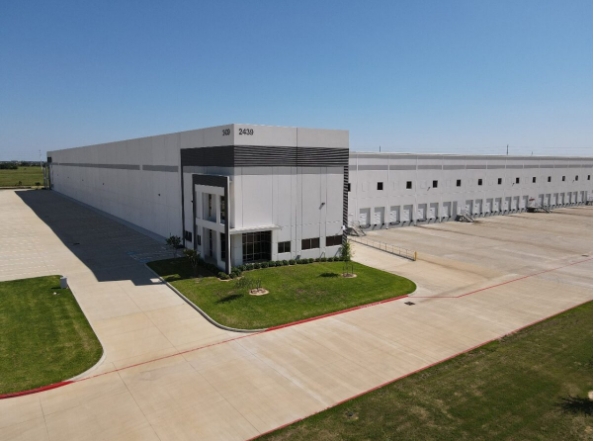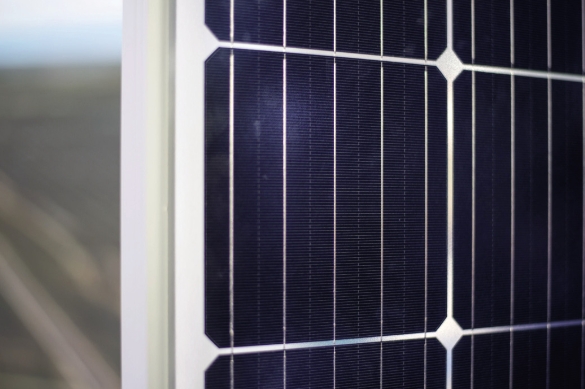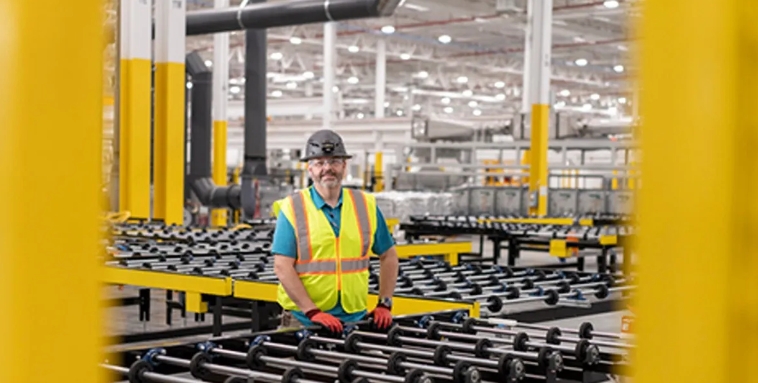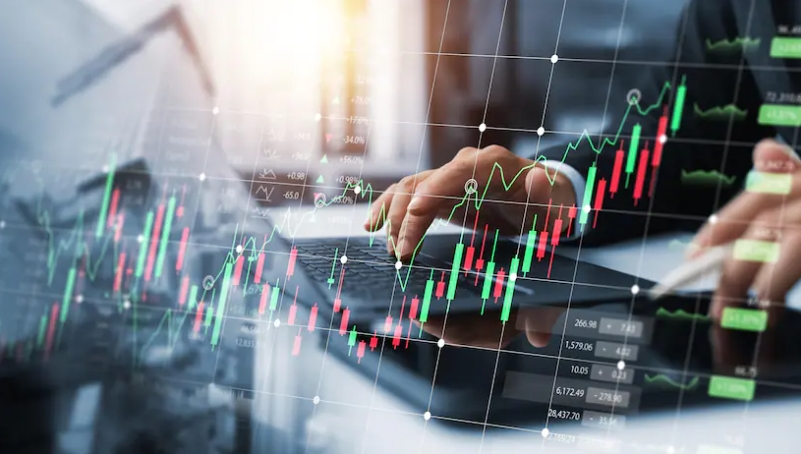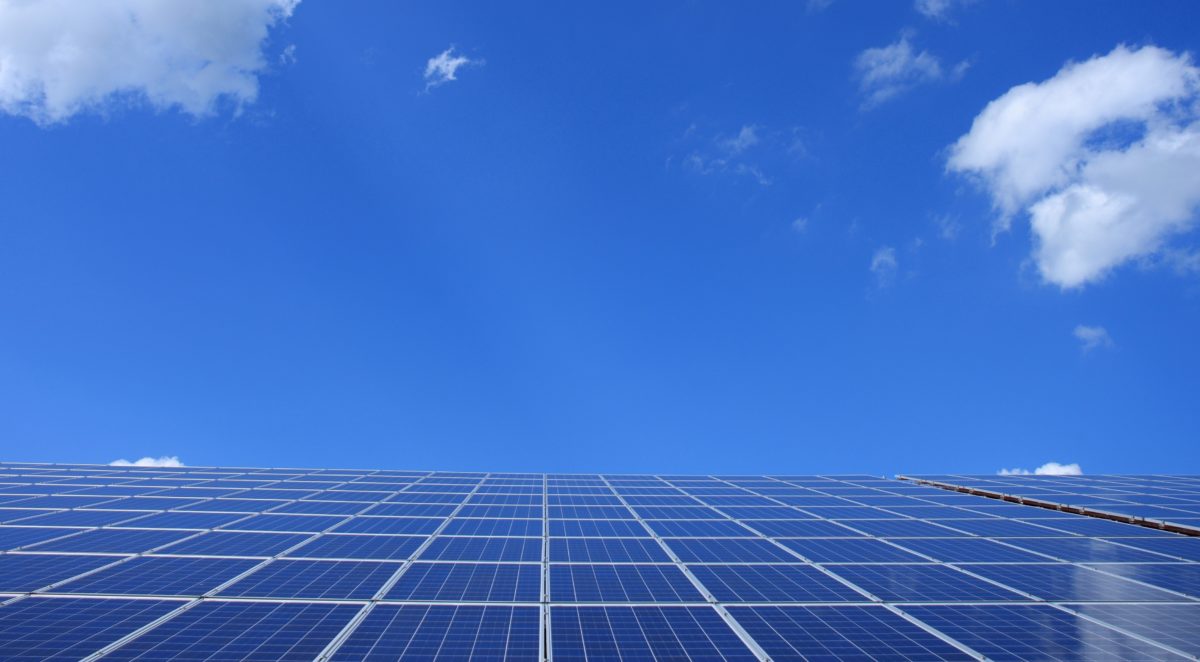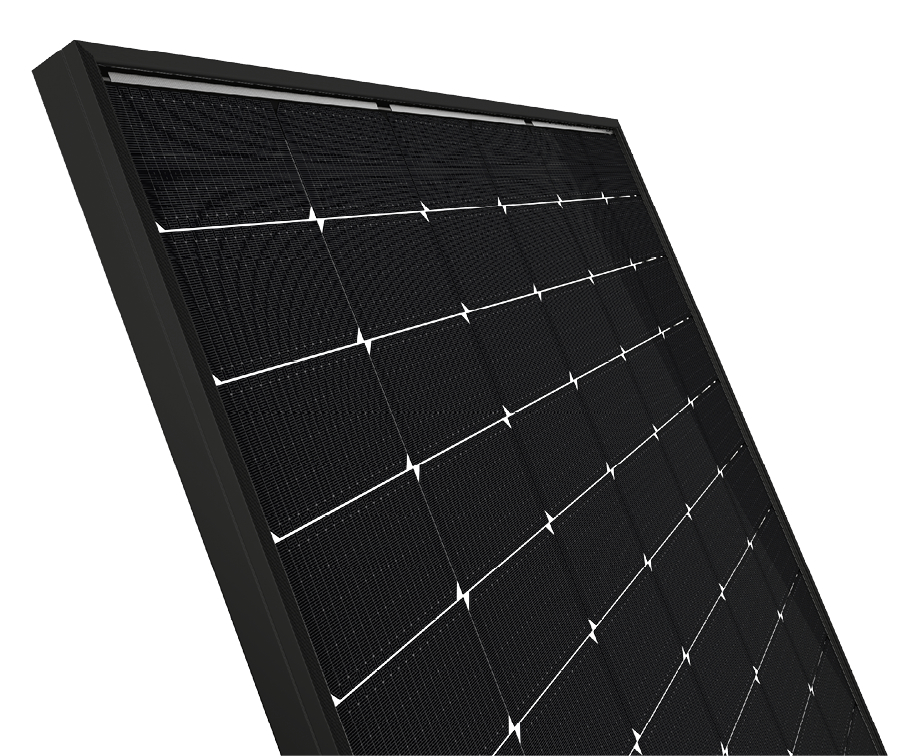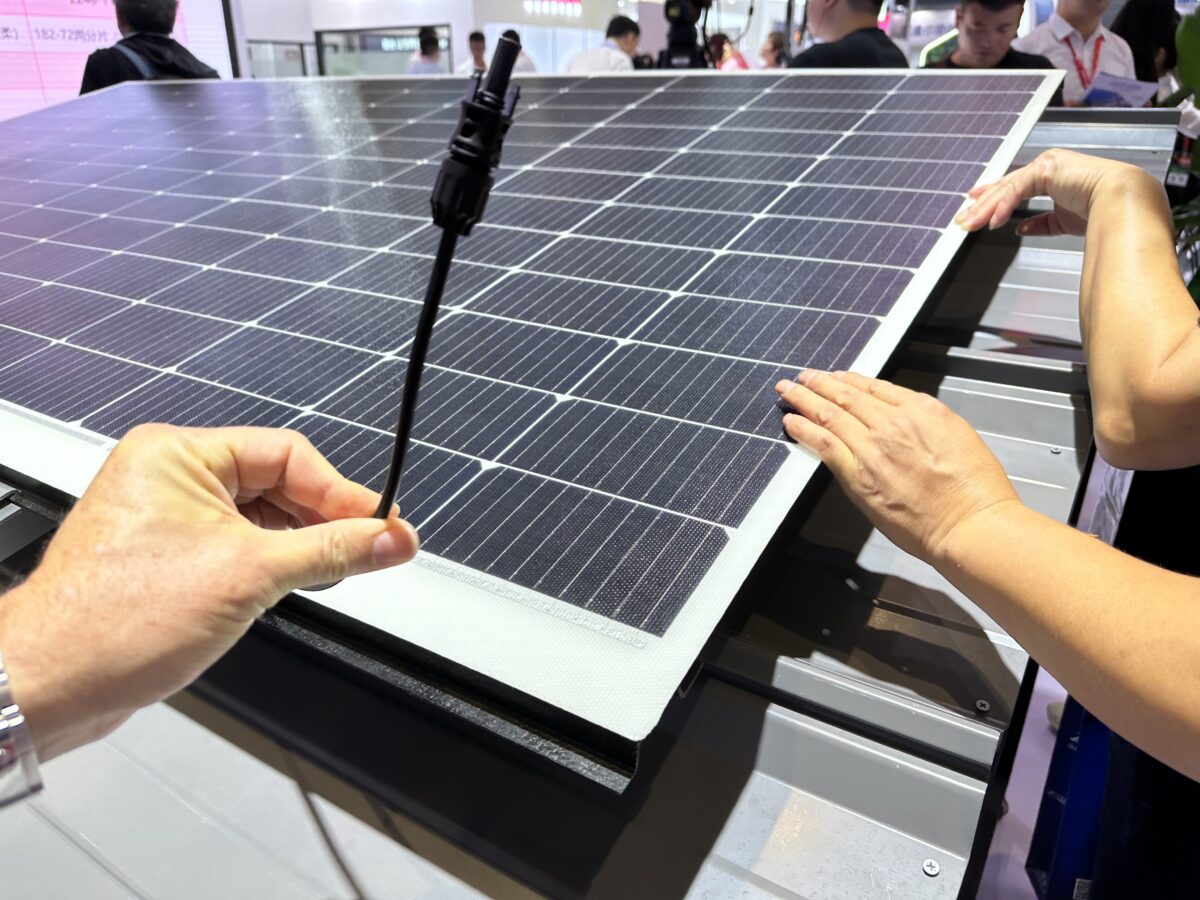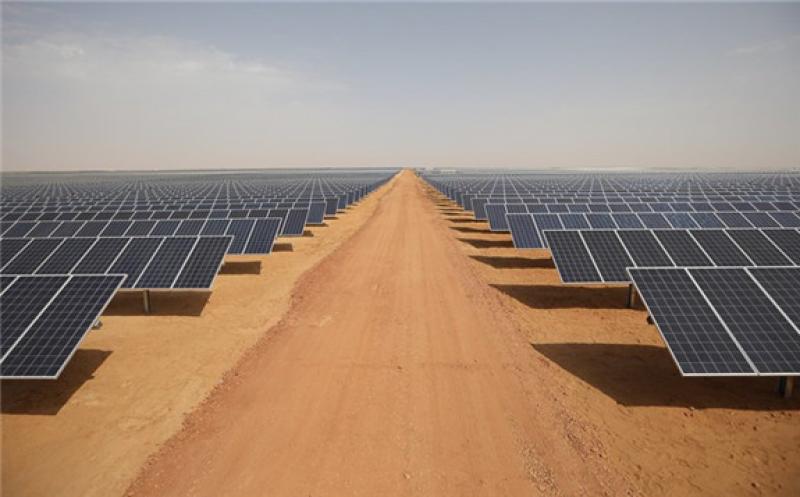
As Australia installs renewable energy at a record rate, and sets new benchmarks on output and the share of wind and solar in the grid, the next question must surely be – how far can this transition go?
It is quite clear now that electricity is Australia’s easiest and cheapest option to decarbonise emissions, but the grid represents only a small part of the country’s total carbon pollution. A de-carbonised grid, however, offers avenues to slash emissions in transport, heat, industrial use and manufacturing.
So can the country reach 100 per cent renewables, or as near as dammit, and how quickly can it be done?
First, the can or can’t it question. Australia’s political debate is riven by those who say that wind and solar cannot power a modern economy. It’s the core argument of the coal and nuclear lobbies. Numerous energy experts say renewables and storage can do the job, and this is supported by analysis from the CSIRO, the networks lobby, ANU, UNSW and many others.
So what does the organisation whose responsibility it is to keep the lights on in the midst of this transition say about 100 per cent renewables?
“Technically we can make it work, but it requires clear direction,” says Alex Wonhas, the head of system design and engineering at the Australian Energy Market Operator.
How quickly could this be done? The question was put to renewable energy professionals at the Clean Energy Summit in Sydney this week, and the overwhelming majority (84 per cent) suggested it could be done by 2040. Nearly half said it could be done by around 2030 or 2035, as Professor Ross Garnaut has also suggested.It was just a straw poll of 270 energy professionals, but what did AEMO make of that sort of timeline?
“10-15 years is a very ambitious transition,” Wonhas told the conference. So much needs to be done, he said.
It is not just a matter of building new wind and solar and sufficient storage for back up. As Wonhaspointed out earlier this week, there is a lot of projects in the pipeline, around 18GW in feasibility studies and another 78GW in the “pre-feasibility” stage. But right now, there is not enough physical capacity on the grid, which will hold up deployment.
Wonhas says it is critical to ensure that distributed energy resources – rooftop solar, storage and demand management that will be a key component of the modern grid – is well co-ordinated, and there needs to be a well thought out plan to address issues such as system strength and marginal loss factors that are now crippling new investment.
But Wonhas, like Clean Energy Council CEO Kane Thornton earlier in the day, drew parralels with the landing on the moon. “They had a goal, they had a clear plan.”
A plan, however, is what is lacking in Australia.
The absence of federal energy minister Angus Taylor from this conference, the lack of any energy and climate policy, the failure to call a meeting of COAG energy ministers, and the slow pace of essential reform has been a key theme of this summit, and a source of frustration from ESB chair Kerry Schott, to state energy ministers, and all down through the various institutions and industry players.
AEMO is currently the only organisation with a blueprint and a vision for the future. In the next few weeks, AEMO is to release the scenarios for the next version of its Integrated System Plan, its 20 year blueprint on how to manage the transition in the grid that will be released later this year.
It won’t be for 100 per cent renewables, although it might not be that far short.
Its first version focused largely on the policies being proposed by the two major parties – the 26-28 per cent emissions reduction target from the Coalition and the 50 per cent renewable energy target and a 45 per cent emissions cut by 2030 proposed by Labor.
The new scenarios will include a “step change” that Wonhas says will be in line with the Paris targets, which is to keep average global warming well below 2°C, and hopefully to 1.5°C.
That implies a grid that is largely (95 per cent) or completely decarbonised by 2050. The UN is asking all countries, including Australia to commit to zero emissions (for the whole economy) by 2050. Some states such as NSW have such a plan, and that implies a zero carbon grid well before that date.
Simon Corbell, the former ACT climate minister who advised the Victoria government on its renewable targets and is now senior advisor at Energy Estate (and who was honoured for his work at this year’s summit), worries that AEMO’s central scenario will still assume warming of 3.2°C to 4.5C by the end of century.
The International Energy Agency, in its global energy outlook, adopts the same sort of scenarios, with a central scenario looking at current policies contrasted with what needs to be done to meet Paris. It has been urged by scientists, analysts and businesses to change its practice, for fear that the “central” scenario is “normalising a dangerous climate future.”
“Anything beyond 2°C is catastrophic,” Corbell told the Clean Energy Summit on Tuesday. “We need to have an emissions intensity of no more than 5 per cent by 2050 …. and we need to structure policy, regulatory and financial instituions to respond to that number.”
He urged the CSIRO and the Australian Energy Market Commission, who sat on his panel, to publicly push for more ambitious policies, and take a stand like the Reserve Bank, and prudential regulators like APRA. “Isn’t it time for the AEMC and the CSIRO to say we should do more, like the RBA,” Corbell asked.
The AEMC demurred. “It not for us to set targets, where we see our role is around mechanisms,” CEO Anne Pearson said.
Interestingly, Clare Savage, the deputy chair of the Energy Security Board who is playing a key role in redesigning the National Electricity Market, a momentous event currently set for around 2025, also warned of dramatic change before 2040.
Savage said on Wednesday the next decade would see a transition in the rules, and time to “digest” the current rush of investments, and replace some of the coal fire power stations that will retire before 2030. But the following decade would see “radical change” as more coal fired power stations left the grid.
“We will start to see a different looking grid in 2030, but nowehere near as dfferent as it will be in 2040,” Savage said.
Kobad Bhavnagri, the lead analyst for Bloomberg New Energy Finance in Australia, said “a clean power system is clearly in sight,” citing the plunging cost of wind, solar and battery storage, and further price falls and increased efficiencies to come.
The CEC’s Thornton said the nation should not stop at 100 per cent renewables, but aim for 200 per cent, using cheap wind and solar to export to other countries, as suggested by the likes of Garnaut, chief scientist Alan Finkel, and others such as the developers of the massive 10-15GW scale projects planned for the Northern Territory and the north-west of Western Australia.
“We are on track for 50% before 2030 and a fully renewable energy system is now inevitable and entirely achievable long before 2050,” he told the conference.
“The success of renewable energy means we can now start to decarbonise other sectors like transport and turn our attention toward an extraordinary opportunity exporting renewable energy – in the form of hydrogen or using HVDC – to Asia and the world.
“It’s now time we started debating when Australia should target 200% renewable energy generation.”
He said the biggest hurdle for new investment, grid connection, should be addressed through AEMO’s ISP. But like state ministers from NSW and Victoria, he lamented the lack of a federal energy and climate policy.
“The economics of clean energy continues to improve, and we no longer require subsidy. But the wholesale energy market is riddled with uncertainty … frankly, we are making it up as we go.”
Peter Cowling, the Australian head of wind turbine manufacturer Vestas agreed, noting that just as the country finds cost effective solutions, the transition is being stalled by the lack of a policy vision. “We really do have the opportunity …. but there is not enough urgency. We are going to miss out.”
See also David Leitch’s take on the first day of the summit: Tesla megapacks, community batteries, big turbines and a banana republic
